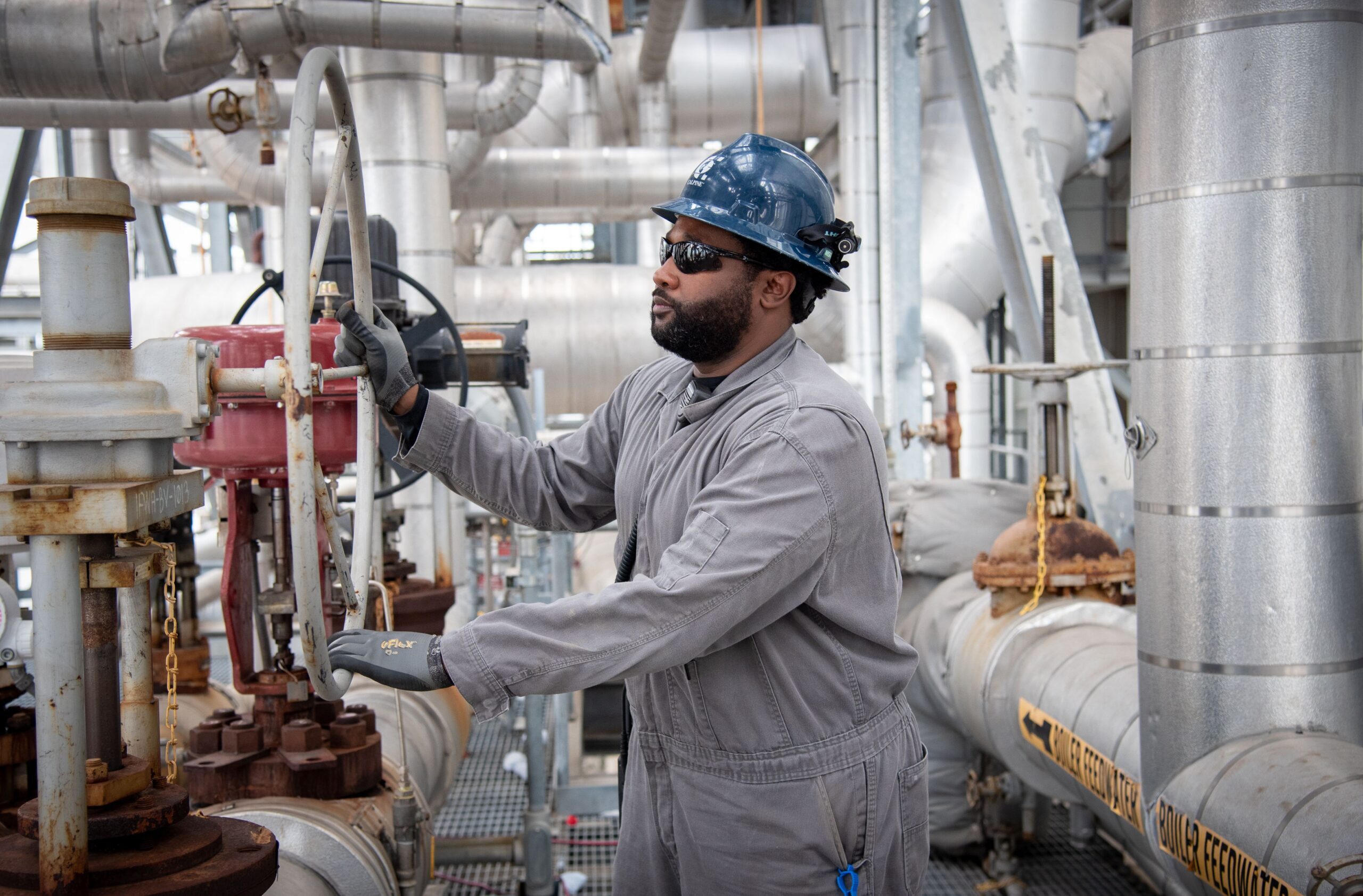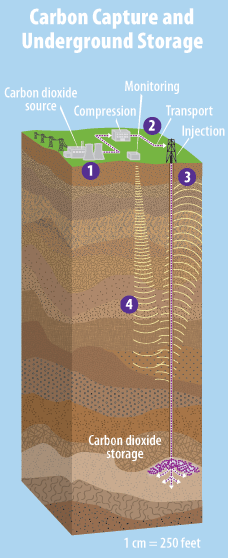
Get The Facts
Every CCUS project is unique. Learn more about how Calpine is working to ensure our projects safely and efficiently deliver on the environmental promise of cutting-edge carbon capture technology.
Every CCUS project is unique. Learn more about how Calpine is working to ensure our projects safely and efficiently deliver on the environmental promise of cutting-edge carbon capture technology.
Source: EPA
Community Safety
While all industry and manufacturing activity requires safety precautions, the specialized wells (EPA Class VI) used for geologic sequestration of CO2 have never had a single significant event posing a risk to local communities.(4) They are subject to strict permitting guidelines from the EPA and regulations require that all operators establish emergency remediation plans, detailed post-injection site care plans, and provide multiple opportunities for public input. As with all Calpine facilities, our team is committed to working with community-based organizations and residents to ensure our projects are built and operated in a way that addresses unique local concerns while delivering important benefits, including high-wage jobs and reliable, clean energy.
Climate Progress
Experts agree that CCUS technology will play a vital role in decarbonizing a variety of industrial activities, from generating electricity to manufacturing cement.(5) In the power sector, CCUS allows energy leaders like Calpine to provide low-carbon power 24 hours a day, seven days a week, no matter the weather. That baseload capacity serves as an ideal complement to intermittent or short-term energy sources like wind or batteries, ensuring the grid is both reliable and carbon-friendly. While some CCUS projects are designed to capture 50 or 60 percent of CO2 emissions, Calpine’s facilities are being designed to capture 95 percent of all CO2 emissions, standing by our commitments to the environment and our communities.
Air Quality
Our CCUS projects aren’t just designed to reduce emissions of greenhouse gases (GHG). Calpine always works with local communities to ensure our facilities are equipped with industry-leading technology to reduce traditional pollutants, like soot. In fact, the EPA has adopted a “best available control technology” (BACT) analysis conducted by Calpine as a case study in its guidance on other federal air permits.(6) Analyses like this guide Calpine’s principle of protecting air quality across our facilities.
References
1. Doctor, Richard, et al. IPCC Special Report on Carbon dioxide Capture and Storage. Geneva : Intergovernmental Panel on Climate Change, 2018. pp. 187-188, Assessment Report.
2. National Energy Technology Laboratory. Carbon Storage Atlas. Pittsburgh : US Department of Energy Office of Fossil Energy, 2015. p. 6. DOE/NETL-2015/1709.
3. The state of the art in monitoring and verification—Ten years on. Jenkins, Charles, Chadwick, Andy and Hovorka, Susan D. 2015, International Journal of Greenhouse Gas Control, Vol. 40, pp. 312-349.
4. CO2 well construction: Lessons learned from United States Department of Energy sponsored projects. Duguida, Andrew, et al. Melbourne : Elsevier, 2018. 14th International Conference on Greenhouse Gas Control Technologies. https://dx.doi.org/10.2139/ssrn.3365869.
5. International Energy Agency. CCUS in Clean Energy Transitions. Paris : s.n., 2020.
6. Holland & Knight LLP. California air district issues prevention of significant deterioration permit with enforceable greenhouse gas limits. [Online] Law Business Research, February 24, 2010. [Cited: April 1, 2022.] https://www.lexology.com/library/detail.aspx?g=3cf5061d-7df8-4388-8bf0-0471a70fc35b.

